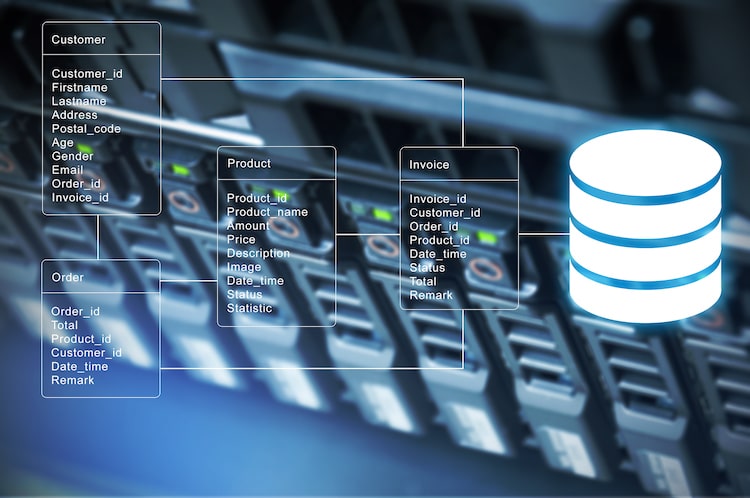How ETL Facilitates Data Analysis and Visualization in Azure Environments

Gathering data from multiple sources and formats and bringing it together in a useful format can present a challenge, but data analysis and visualization in an Azure environment can be streamlined with data transformation tools. One such method is through ETL (Extract, Transform, Load) which is the process of extracting data from various sources, transforming it into a consistent format and loading it into a target system for analysis and visualization. This process is needed when data resides in different formats and structures across multiple sources.
The importance of ETL (Extract, Transform, Load) in data analysis and visualization
Most organizations have various sources of raw data. ETL allows them to consolidate all sources into a single repository. This simplifies the data analysis process by ensuring that data is accurate and complete.
ETL process and its components
The ETL process consists of three main components: extraction, transformation and loading.
- Extraction involves gathering data in disparate formats and structures from various sources, such as databases, spreadsheets, files and APIs.
- The transformation phase entails using ETL tools to clean, validate and structure data, ensuring quality and consistency. Transformations may also include calculations, aggregations and derivations to create new data elements.
- Loading is the process of mapping the transformed data to a target system, such as a data warehouse or data mart and placing it into the appropriate tables or data structures for analysis and visualization.
Popular Azure ETL tools for data processing and integration
Azure offers a variety of ETL tools with powerful capabilities for data processing and integration.
Azure Data Factory
Azure Data Factory is a fully managed data integration service that allows you to create, schedule and orchestrate data pipelines for ETL workflows while providing a visual interface for designing and monitoring those pipelines.
Azure Databricks
Azure Databricks is an Apache Spark-based analytics platform that enables big data processing and ETL at scale, providing a collaborative environment for data engineers and scientists to build and deploy ETL workflows.
Azure Synaps Analytics
Formerly known as Azure SQL Data Warehouse, Azure Synapse Analytics is a cloud-based service combining enterprise data warehousing, big data integration and analytics for a unified experience.
ETL automation and scalability in Azure
Within the Azure environment, ETL processes can be automated for greater efficiency, reliability and scalability.
- Azure Logic Apps enables you to create automated workflows that integrate with various systems and services, reducing manual effort and increasing productivity.
- Azure Functions is a serverless computing service that allows you to specify triggers to run code and automatically execute data processing and integration tasks.
- Azure also offers scalable storage services such as Azure Blob Storage and Azure Data Lake Storage. These services handle large volumes of data generated by cloud data ETL processes, providing high throughput and low latency.
Data quality management in ETL
Your insights and decisions rely on the accuracy of the data used, making data quality critical. Within the Azure environment, these data quality management features help ensure accuracy:
- Azure Data Factory has built-in functions including standardization, deduplication and validation processes to ensure data quality before loading it into the target system.
- Azure Databricks uses Apache Spark for data profiling and data cleansing tasks that identify and fix data quality issues. It also integrates with Azure Machine Learning to automate data quality checks and validations.
- Azure Synapse Analytics uses data validation rules and data quality indicators to define and enforce data quality standards and monitors for any data quality issues during the process.
Data visualization and reporting using ETL outputs
After the ETL process, data is ready for analysis and visualization. Microsoft Power BI is a tool you can use to create interactive reports and dashboards, connect to your outputs such as Azure SQL Database or Azure Analysis Services and visualize using charts, maps and tables.
Power BI integrates with Azure Synapse Analytics to create interactive reports and dashboards directly from your Synapse Analytics data. You can also use other data visualization tools like Azure Data Studio and Azure Machine Learning Studio which have a rich set of features for data visualization, including drag-and-drop interfaces, data exploration and advanced analytics capabilities.
Your partner in data modernization
Data modernization is a complex process. Gain expertise in Azure ETL tools by working with the team of experts at OneNeck IT Solutions. We’ll guide you to design and implement efficient workflows in Azure environments for tailored solutions that meet your business requirements. OneNeck has the knowledge and experience you need in your data modernization journey.
Additional Resources:




